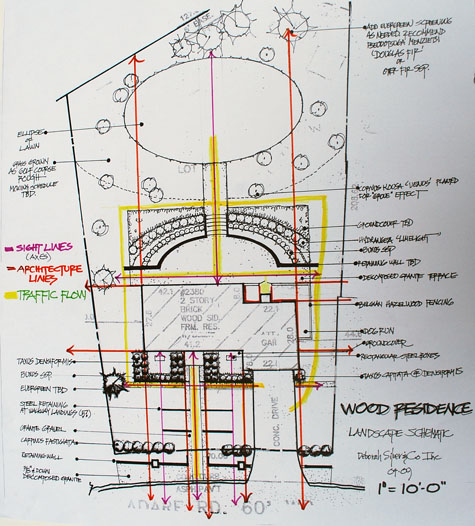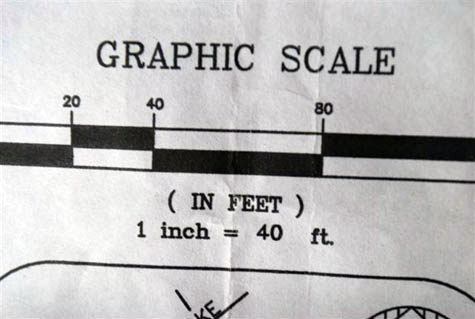 I am happy to discuss at great length my process for designing a landscape. I plan to go over this in excruciating detail, for those who can last! Tools and skills are just that-nothing more, and nothing less. I would reveal anything and everything-and still be completely confident that I have something worthwhile to offer. I have made a living almost 25 years, designing. Enough said.
I am happy to discuss at great length my process for designing a landscape. I plan to go over this in excruciating detail, for those who can last! Tools and skills are just that-nothing more, and nothing less. I would reveal anything and everything-and still be completely confident that I have something worthwhile to offer. I have made a living almost 25 years, designing. Enough said.
 I have plenty of clients that are eminently able to be on their own. Not professional designers, they shortchange their talent and heart. It has been my good fortune to have clients of all kinds, with talent and heart. I know this better than most.
I have plenty of clients that are eminently able to be on their own. Not professional designers, they shortchange their talent and heart. It has been my good fortune to have clients of all kinds, with talent and heart. I know this better than most.
[Read more…]
 This is stage 3 of the schematic plan. By schematic, I mean a plan that details only the big gestures and spaces. It does not tell you which pots to buy, or which cultivar of daylily to plant. That comes later. The big decisions get made first. Where do I want my grill, and my terrace? Where can my kids play? Could I host a large party in that spot? Where do I need shade? Where can I plant my vegetables?
This is stage 3 of the schematic plan. By schematic, I mean a plan that details only the big gestures and spaces. It does not tell you which pots to buy, or which cultivar of daylily to plant. That comes later. The big decisions get made first. Where do I want my grill, and my terrace? Where can my kids play? Could I host a large party in that spot? Where do I need shade? Where can I plant my vegetables?
